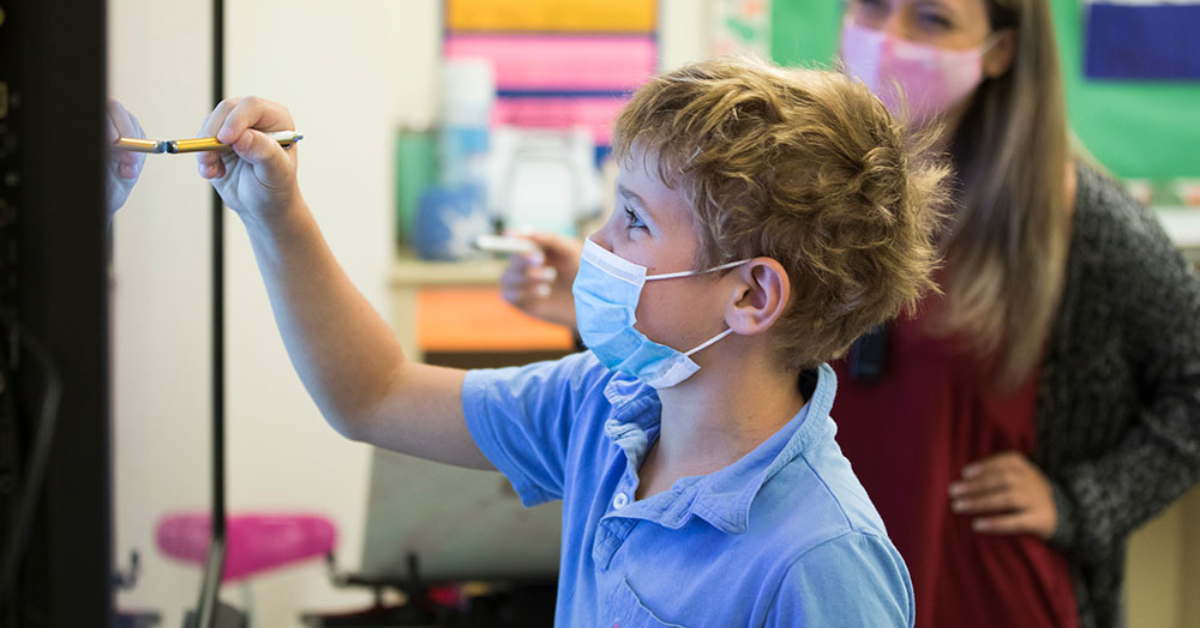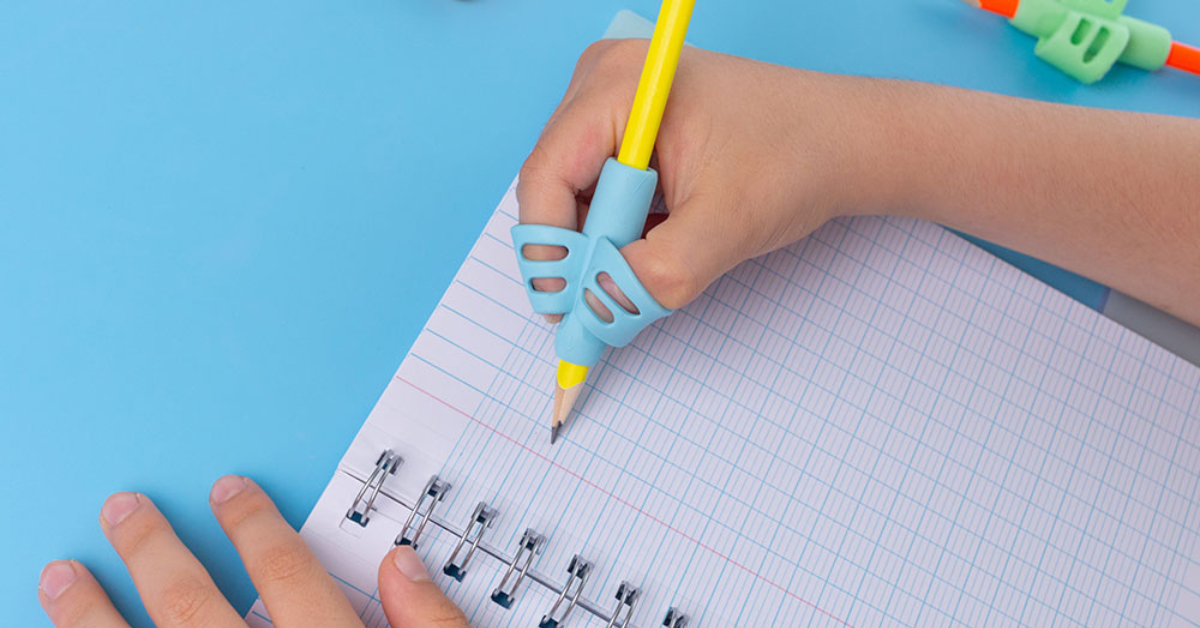Dysgraphia is a learning difference that can impact a child's ability to write. While dysgraphia can be diagnosed at any age, it is most often identified in elementary school-aged children. Symptoms of dysgraphia can include difficulty with spelling, trouble putting thoughts into words, and illegible handwriting.
If you notice your child struggling with writing, you may have questions about dysgraphia. This article will help you understand the signs of dysgraphia, when to seek a diagnosis, and the treatment options available.
What is Dysgraphia?
Dysgraphia is a learning difference that interferes with all aspects of a person's writing abilities, including the motor skills and brain processes associated with writing. Dysgraphia can manifest itself in several ways, including poor handwriting, difficulty organizing thoughts on paper, and trouble spelling.
What are the signs of dysgraphia?
You may ask yourself, “How can I tell if my child has dysgraphia?”
Looking at the signs and behaviors demonstrated by your child will help you determine whether your child’s struggles with written language could be dysgraphia.
If you think your child may have dysgraphia, look for these signs:
- Difficulty with handwriting or illegible handwriting
- Poor fine motor skills
- Trouble drawing a straight line or shapes
- Unusual letter formations or reversals
- Inappropriate sizing and spacing of letters
- Incorrect spelling
- Trouble spacing words and letters on a line
- Poor pencil grip
- Inability to write quickly
- Difficulty copying words from a book
- Mixing up the order of letters when writing words
- Omitting letters and words from sentences
- Poor grammar, including capitalization, verb and pronoun usage
- An improper mix of cursive and print letters
- Avoidance of writing tasks

Common Questions Parents Have about Dysgraphia
What is the main cause of dysgraphia?
Scientists and neurologists haven’t found one answer to this question. Some experts believe a combination of factors causes dysgraphia, including neurological, motor, and perceptual factors. Recent evidence suggests that children with dysgraphia may have difficulty with the working memory skills needed during writing. Also, a genetic link to dysgraphia often runs in families.
Does ADHD cause dysgraphia?
Some children with ADHD may be more likely to develop dysgraphia because the two conditions share common risk factors, such as difficulty sustaining attention and problems with working memory. Additionally, children with ADHD may be more likely to have trouble with fine motor skills, making it harder to produce written language.
Is dysgraphia a form of dyslexia?
While dysgraphia can co-occur with dyslexia, the two conditions are different. Dysgraphia is a specific learning difference that affects a person’s handwriting and the ability to produce written language. Dyslexia, on the other hand, is a language-based learning difference that affects a person’s ability to read and comprehend text.
How is dysgraphia diagnosed?
If you suspect that your child has dysgraphia, the first step is to talk to your child’s teacher. The teacher may be able to provide you with some insight into your child’s difficulties with writing.
If you feel that your child may have dysgraphia, you can also ask your child’s teacher to refer you to a specialist for further testing. A specialist can administer a series of tests to determine if your child has dysgraphia.
When should my child be tested for dysgraphia?
If your child is experiencing difficulties with writing or displaying signs of dysgraphia, getting a diagnosis as soon as possible can significantly benefit your child. As academic demands for writing increase with each grade, your child’s struggles may only worsen without intervention.
A child may show signs of dysgraphia from a young age, starting at about five when writing is first introduced. However, a diagnosis of developmental dysgraphia can occur at any time through young adulthood.
What tests will be done to diagnose dysgraphia?
There is no single test to diagnose dysgraphia. A comprehensive evaluation usually includes reviewing the child's academic performance, medical history, and observations of the child's handwriting. A child may receive a psychological assessment to rule out other learning disabilities.
How can I help my child with dysgraphia?
There is no one-size-fits-all solution for dysgraphia, but there are strategies that can help.
Talk to your child's teacher about ways to support your child's learning. They can give you insights into your child's strengths and weaknesses and offer suggestions for best supporting your child at home.
Encourage your child to keep trying. Dysgraphia can be frustrating. Remind them that everyone has different strengths and weaknesses and that they can overcome dysgraphia with practice and perseverance.
Help them find alternative ways to express themselves other than writing. Allow time for artistic expression. Painting, drawing, and sculpting are all great ways for kids with dysgraphia to express themselves.
You can also work with your child at home to help them practice their writing skills. Use graph paper or turn lined paper sideways when writing. Provide a variety of writing instruments and comfortable pencil grips. Also, try to encourage your child to use narration when writing.
What are educational accommodations for children with dysgraphia?
Once a child has been identified as having dysgraphia, parents can request the school to provide them with accommodations for their student’s needs in the classroom.
A variety of accommodations in the classroom or for tests and assignments can help children with dysgraphia succeed in school, including the following:
- Providing preferential seating
- Allowing the use of a computer and spell checker for writing
- Extending time to complete assignments
- Extending time to complete an exam
- Administering exams in a different room
- Allowing verbal responses
In the state of Connecticut, The Individuals with Disabilities Education Improvement Act (IDEA) states that “Eligibility for special education and related services and their particular educational needs, including the need for AT (assisted technology), are determined through a comprehensive evaluation that is planned, conducted, and reviewed by a multidisciplinary team” (IDEA 2004). Learn more about IDEA.

Enrolling in a School for Learning Differences
Children with learning differences often face an uphill battle in school, feel misunderstood by teachers and classmates, and may not receive the accommodations they need to succeed. However, Eagle Hill School and a growing number of schools explicitly designed for students with learning differences can provide a supportive environment where students can thrive. Learn how Eagle Hill School’s specialized learning programs can help your child with dysgraphia.



